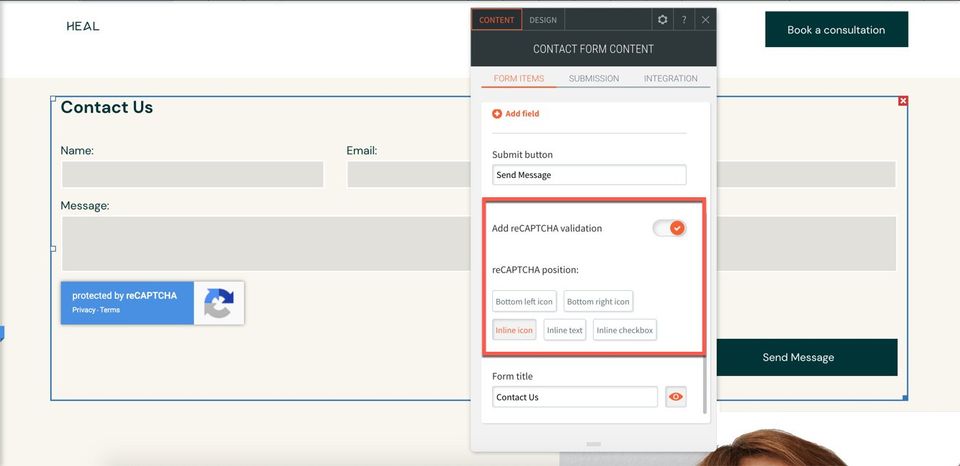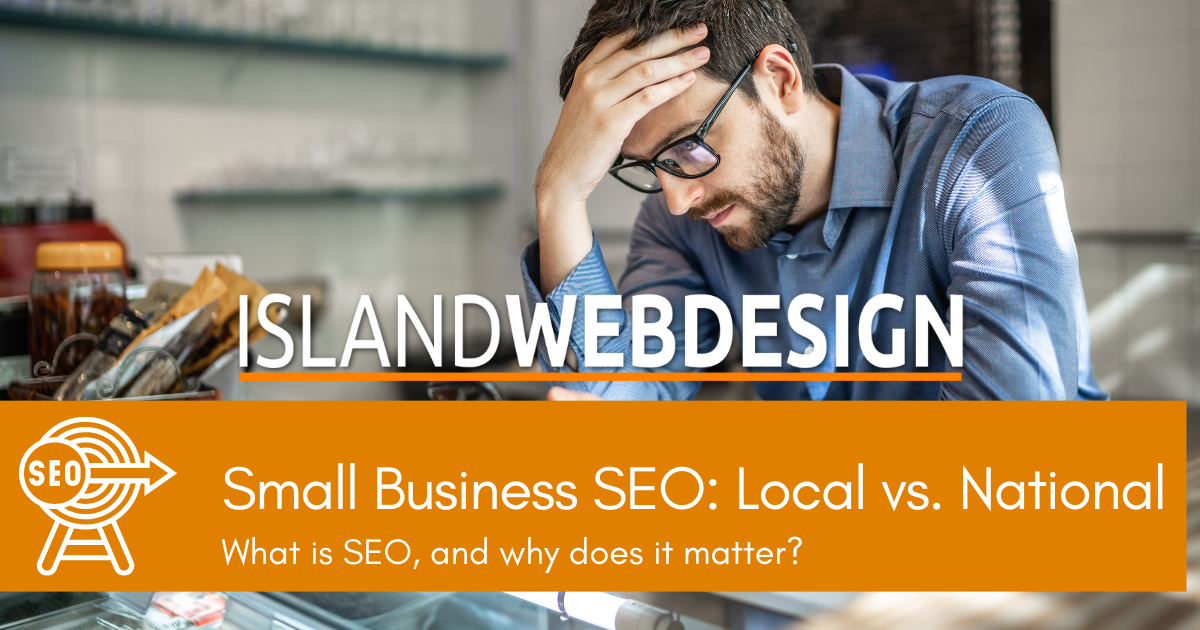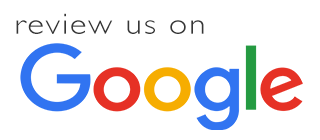
Added security for your contact forms
Koo Janzen • 21 January 2020
Introducing reCAPTCHA v3 - making it easier for your users!
The contact forms on your site have an extra layer of protection with Google’s invisible reCaptcha. It protects your forms from spammers while speeding up the form submission process for real site visitors, for a better experience all around.
CAPTCHA is an acronym for "Completely Automated Public Turing test to tell Computers and Humans Apart") and is a type of challenge–response test used in computing to determine whether or not the user is human.
The term was coined in 2003 by Luis von Ahn, Manuel Blum, Nicholas J. Hopper, and John Langford. The most common type of CAPTCHA (displayed as Version 1.0) was first invented in 1997 by two groups working in parallel. This form of CAPTCHA requires someone to correctly copy and enter a sequence of letters or numbers in a distorted image displayed on their screen. Because the test is administered by a computer, in contrast to the standard Turing test that is administered by a human, a CAPTCHA is sometimes described as a reverse Turing test.
ReCAPTCHA was developed in 2007 at Carnegie Mellon University's main Pittsburgh campus and acquired by Google in 2009. It is a form of CAPTCHA that went further in trying to prevent bots from pretending to be humans.
An example of how a reCAPTCHA challenge looked in 2007, containing the words "following finding". The waviness and horizontal stroke were added to increase the difficulty of breaking the CAPTCHA with a computer program.
In 2012, reCAPTCHA began using photographs taken from Google Street View project, in addition to scanned words. In 2019, image identification captchas—such as store fronts, buses, cross-walks and traffic lights—became the only type of captcha offered by the system.
In 2014, reCAPTCHA implemented another system in which users are asked to select one or more images from a selection of nine images.
However, the fact remained that reCAPTCHA relies on the use of Google cookies that are at least a few weeks old. As such, it has become very burdensome to complete for people who frequently clear their cookies and criticised as yet another Google lock-in strategy.
So we welcome this new development and are pleased to be able to offer invisible reCAPTCHA to all our website customers. Invisible reCAPTCHA benefits can be summed up as follows:
- Prevents spammers from attacking your sites by determining if a form submission is coming from a human or a bot.
- Improves user experience by swiftly validating the reCAPTCHA behind the scenes if Google detects that it’s a real user.
We will apply this update to all our customers free of charge over the next few weeks.
More articles
















